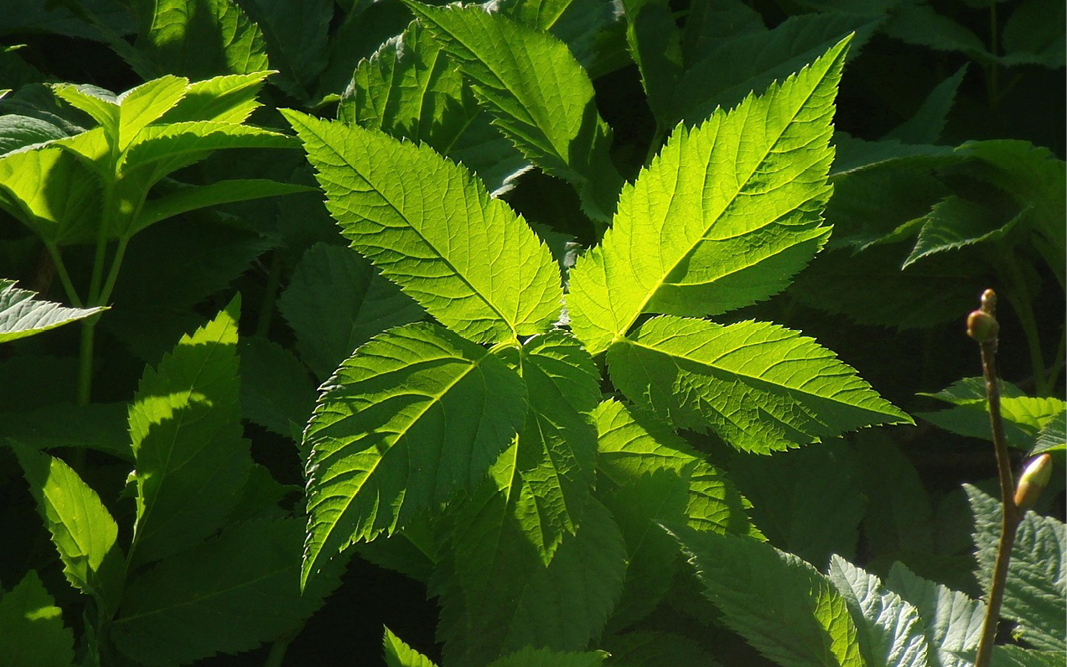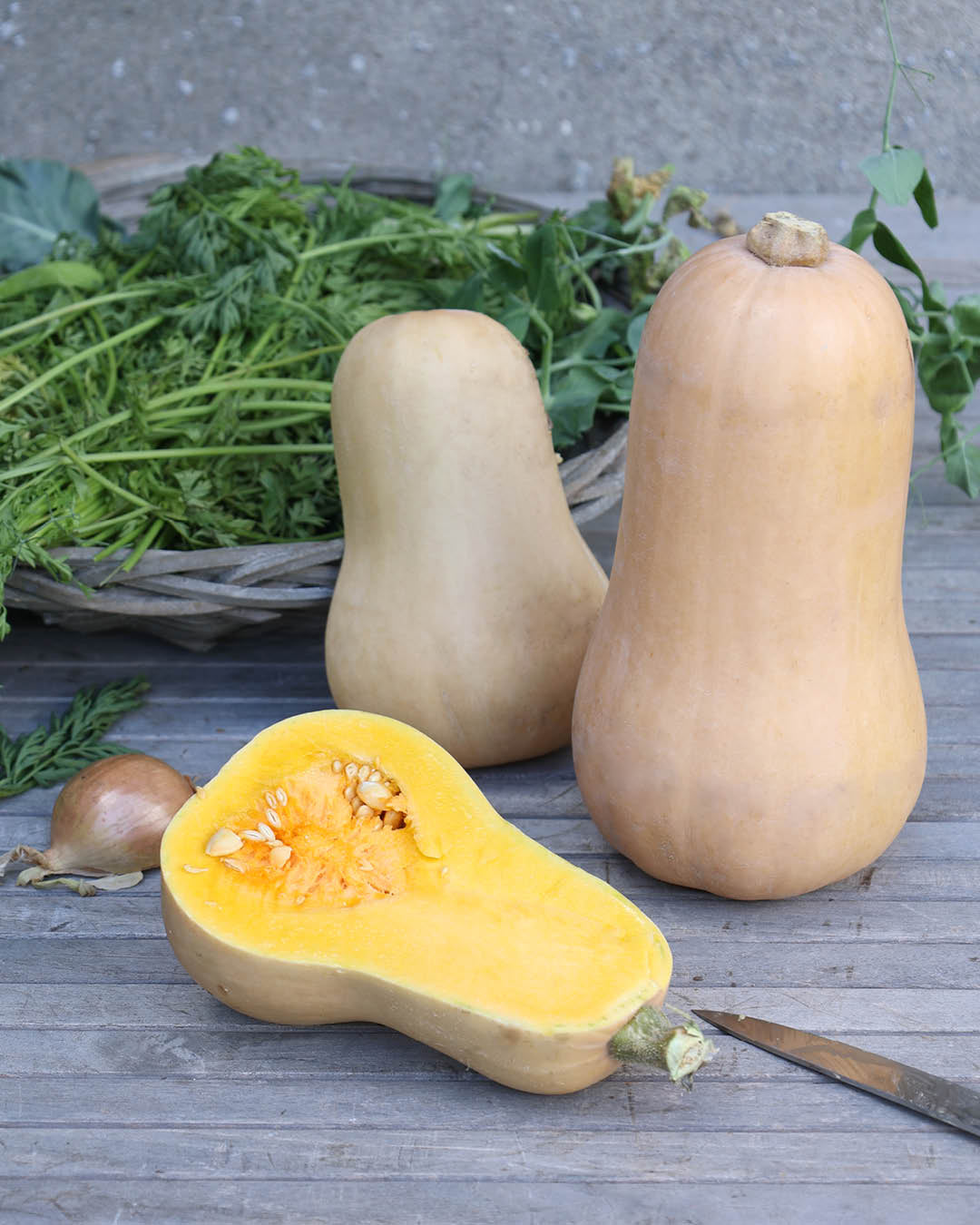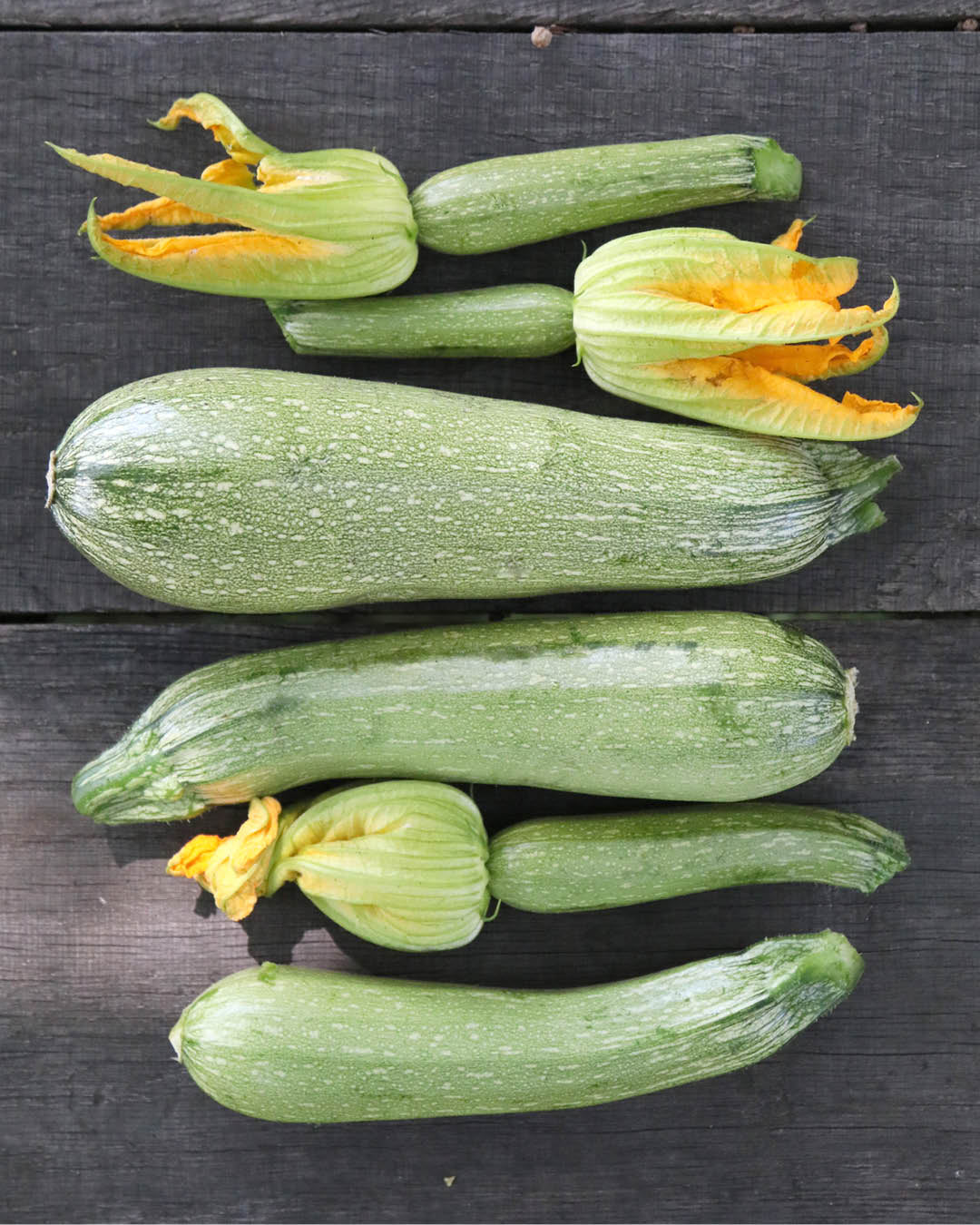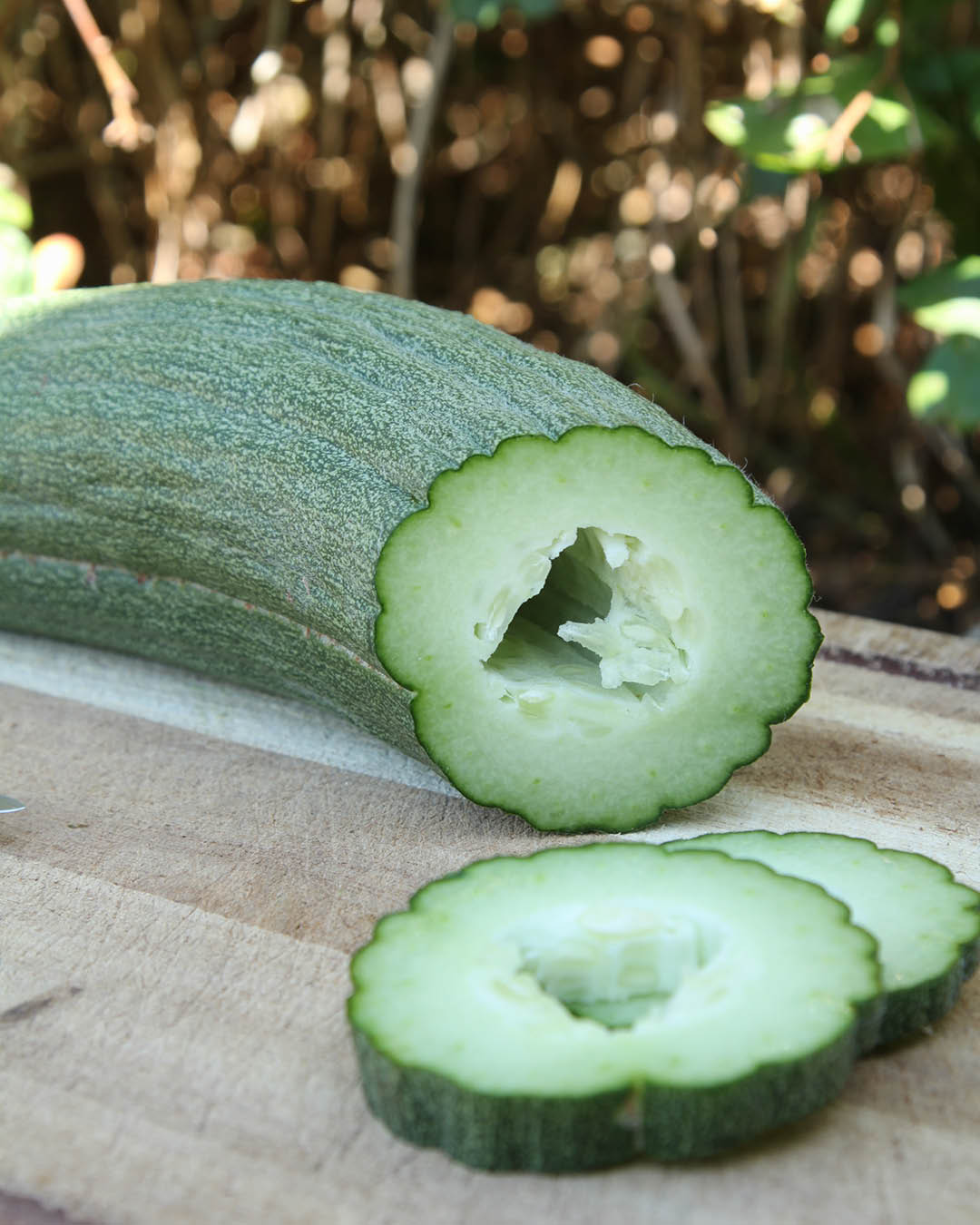Ground elder – weed or green gold? How to use this wild growth in your garden
Ground elder is considered a stubborn weed, but it's packed with power. Learn how to identify and use ground elder, and how to use it effectively in the kitchen. Harvesting tips and recipes included!

Ground elder: From garden nuisance to wild herb favorite
Hardly any other weed is fought as passionately – and at the same time underestimated – as ground elder (Aegopodium podagrariaIt spreads quickly, overgrows flowerbeds, and seems almost invincible. But those who know and use it will discover that ground elder is a regional superfood that is not only healthy but also has amazingly versatile uses in the kitchen.
How to recognize ground elder in the garden
Ground elder belongs to the Apiaceae family and is particularly recognizable by its three-parted, toothed leaves – a characteristic that is easily remembered with the saying "trefoil like a goat's foot." In summer, its delicate white flowers appear in umbels. Ground elder prefers partially shaded to shady locations and is widespread in both gardens and forest edges.
Why ground elder is not a weed – but a gift
Its deep roots make it a challenge for gardeners – yet these very roots are a sign of its resilience. Ground elder contains a variety of minerals, especially potassium, magnesium, and iron. Its vitamin C content is also impressive – harvested in spring, it provides a welcome boost of freshness after the winter.
Harvesting and using ground elder
The young, tender leaves are ideal for salads, green smoothies, pestos, or herb curds. Ground elder also makes a good substitute for spinach in soups or casseroles. Important: It's best to harvest it before it flowers, as this is when its aroma is particularly mild.
Tip: If you harvest ground elder regularly, you will weaken it in the long term – and at the same time use it sensibly.
Conclusion: Use what is already there
Instead of fighting ground elder, it's worth seeing it from a different perspective: as a powerful wild herb that's available free of charge, locally, and sustainably – straight from your own garden. Wild cooking starts right on your doorstep.
Frequently asked questions about ground elder
1. What is ground elder and how do I recognize it?
Ground elder (Aegopodium podagraria) is a perennial wild plant with long, serrated leaves and small white flowers growing in umbel-like panicles. It prefers shady, moist areas, often along forest edges or in gardens. Its trifoliate leaves, which have a typical parsley shape, are particularly striking.
2. Is ground elder edible?
Yes, ground elder is edible and prized in wild cooking. The young leaves are tender and have a slightly spicy flavor, similar to parsley. They're excellent in salads, soups, or as a herbal addition. Older leaves can become too tough, but the young shoots are a delicious ingredient.
3. How can I use ground elder in my garden?
Ground elder is a useful wild herb that can be used in the kitchen, but is also valued as a medicinal plant for its anti-inflammatory and pain-relieving properties. The leaves, for example, can be used as a natural remedy for joint pain. Ground elder is also very valuable as an ingredient in wild herb blends.
4. Why is ground elder so difficult to control in the garden?
Ground elder spreads through underground rhizomes (rootstocks), making it particularly persistent. Once established, it can quickly invade large areas. Even the smallest pieces of roots can spawn new plants, making it difficult to control without thoroughly removing the rhizomes.
5. How can I control ground elder in the garden?
To control ground elder, it's important to weed the plant regularly, ensuring all roots and rhizomes are removed. A permanent solution is to cover the soil with dense mulch or plant competitive plants that inhibit the ground elder's growth. Digging up the rhizomes and regularly monitoring also help control the spread.















